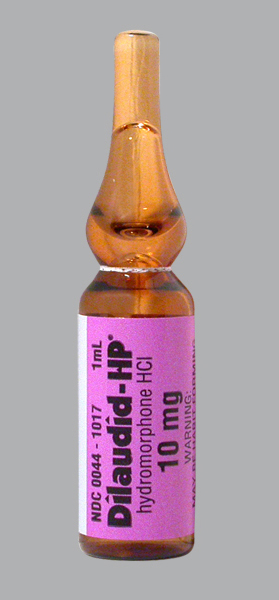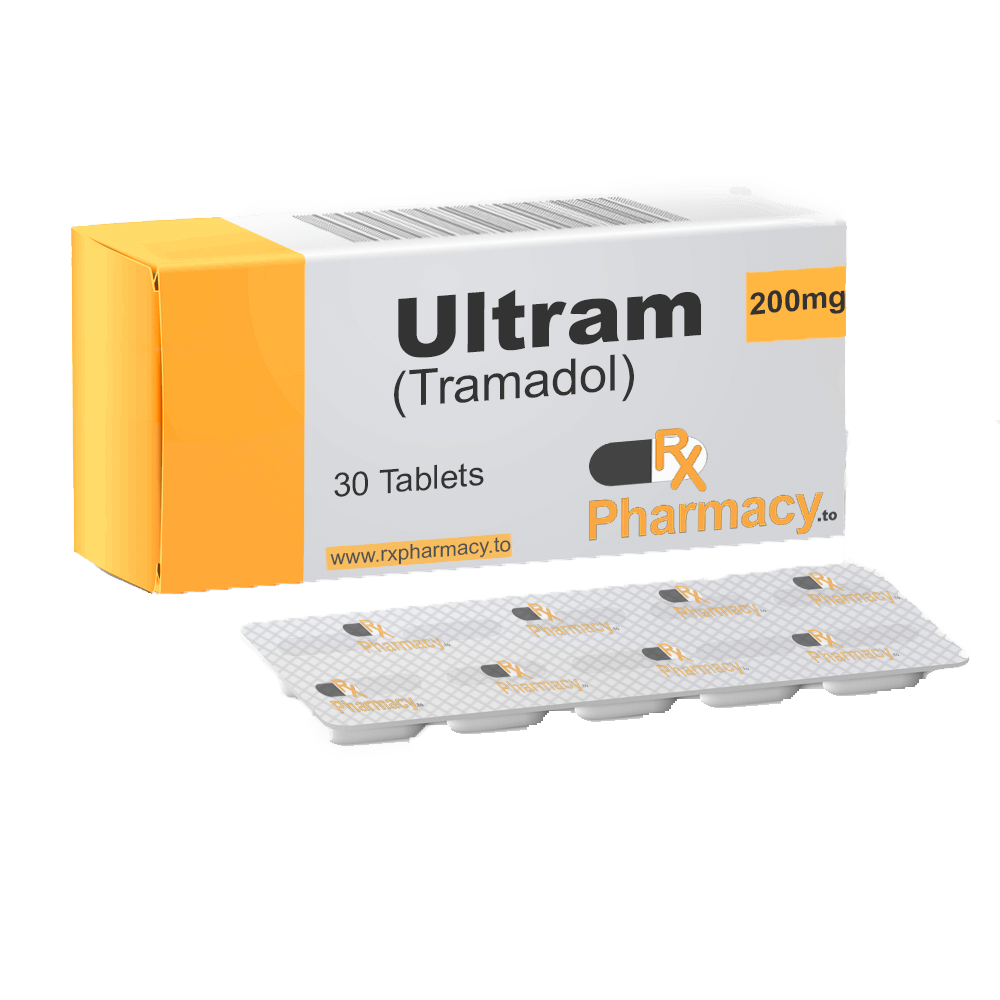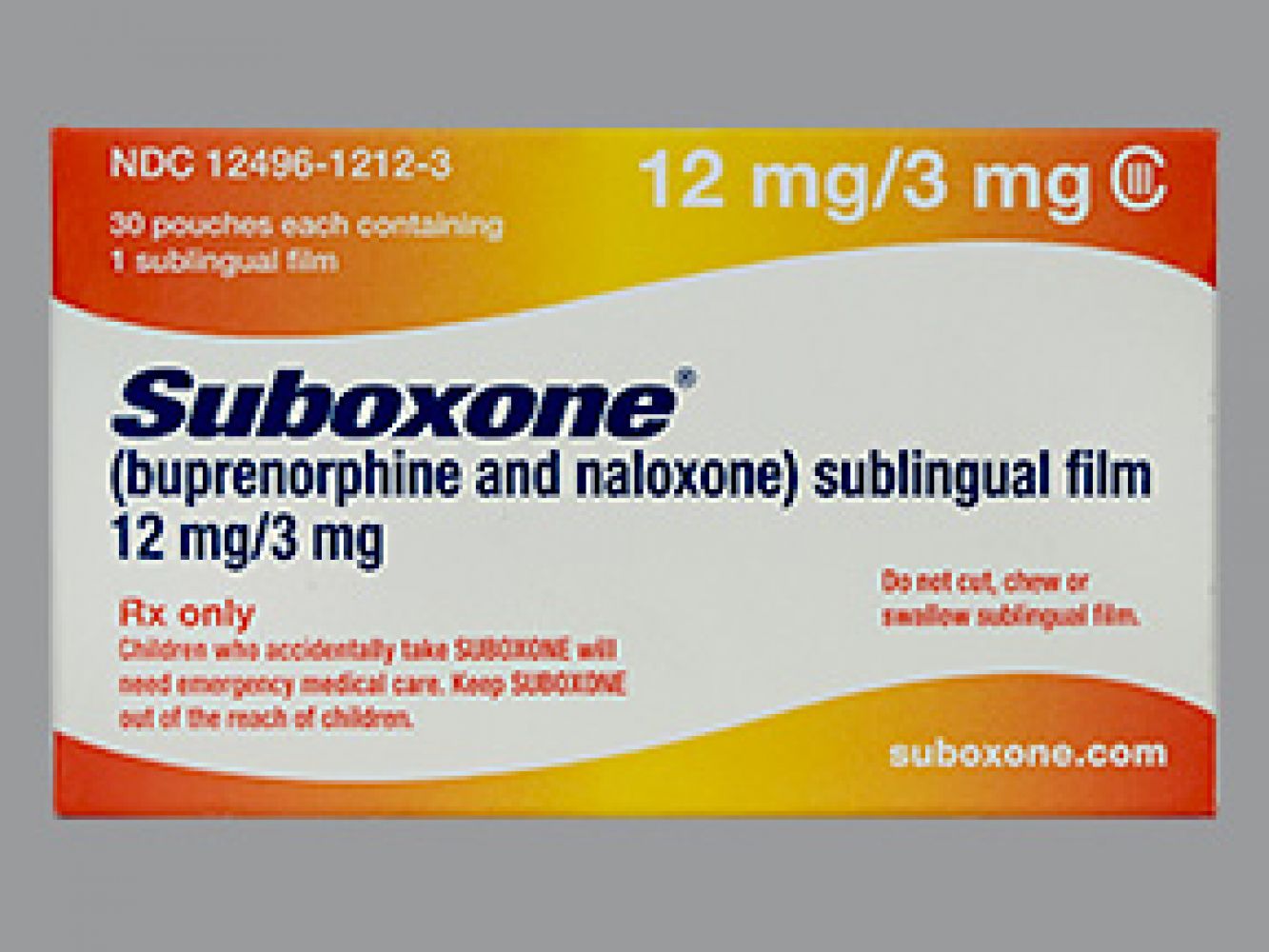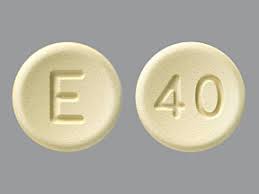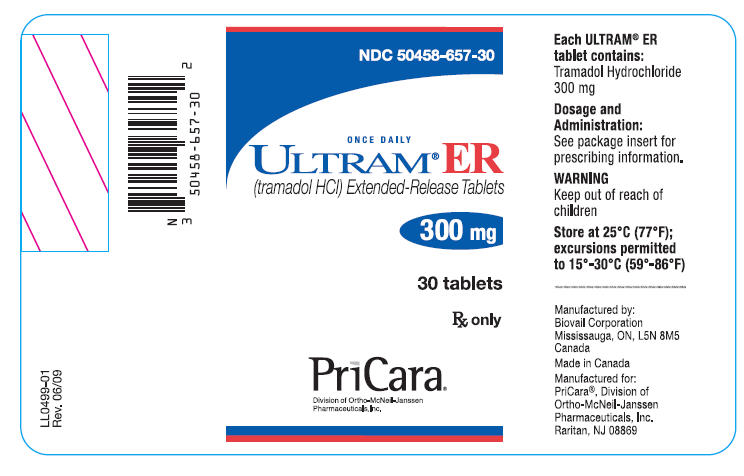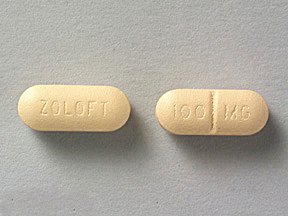Products
- ADDERALL
- ADDERALL XR
- AMBIEN
- AMBIEN CR
- ATIVAN
- BUSPAR
- CONCERTA
- DESOXYN
- DILAUDID
- DILAUDID HP
- DORMICUM
- FLEXERIL
- GENOTROPIN
- HYDROCODONE
- IMITREX
- KETAMAX HCL
- KLONOPIN
- LORTAB
- NUBAIN
- OPANA
- OPANA ER
- OXYCONTIN
- PERCOCET
- PHENARGAN
- RESTORIL
- RITALIN
- RITALIN SR
- ROBAXIN
- ROHYPNOL
- ROXICODONE
- SOMA
- STRATTERA
- SUBOXONE
- ULTRAM
- ULTRAM ER
- VALIUM
- VICODIN
- WELLBUTRIN
- WELLBUTRIN SR
- WELLBUTRIN XL
- XANAX
- XANAX XR
- XENICAL
- ZANAFLEX
- ZOLOFT

DILAUDID HP
DILAUDID Oral Solution and DILAUDID Tablets expose patients and other users to the risks of opioid addiction, abuse, and misuse, which can lead to overdose and death. Assess each patient’s risk prior to prescribing DILAUDID Oral Solution or DILAUDID Tablets, and monitor all patients regularly for the development of these behaviors and conditions [see WARNINGS AND PRECAUTIONS].
DILAUDID HP as known as: Hydromorphone,
We accept::

Package |
Per pill |
Price |
|
|
20 Vials | $ 13.00 |
$ 260.00 |
|
|
30 Vials | $ 12.00 |
$ 360.00 |
|
|
40 Vials | $ 11.00 |
$ 440.00 |
|
|
50 Vials | $ 9.8 |
$ 490.00 |
|
|
60 Vials | $ 9.4 |
$ 564.00 |
|
|
100 Vials | $ 9.3 |
$ 930.00 |
Package |
Per pill |
Price |
|
|
10 Vials | $ 5.6 |
$ 56.00 |
|
|
20 Vials | $ 5.2 |
$ 104.00 |
|
|
30 Vials | $ 4.8 |
$ 144.00 |
|
|
40 Vials | $ 4.4 |
$ 176.00 |
|
|
50 Vials | $ 4.0 |
$ 200.00 |
|
|
60 Vials | $ 3.6 |
$ 216.00 |
|
|
100 Vials | $ 3.5 |
$ 350.00 |
DILAUDID (hydromorphone hydrochloride), a hydrogenated ketone of morphine, is an opioid agonist.
DILAUDID Tablets are supplied in 2 mg, 4 mg, and 8 mg tablets for oral administration. The tablet strengths describe the amount of hydromorphone hydrochloride in each tablet.
DILAUDID Oral Solution is supplied as 5mg/5 mL (1 mg/mL) viscous liquid.
The chemical name is 4,5α-epoxy-3-hydroxy-17-methylmorphinan-6-one hydrochloride. The molecular Weight is 321.80. Its molecular formula is C17H19NO3·HCl, and it has the following chemical structure:
Ensure accuracy when prescribing, dispensing, and administering DILAUDID Oral Solution to avoid dosing errors due to confusion between mg and mL, which could result in accidental overdose and death. Ensure the proper dose is communicated and dispensed. When writing prescriptions, include both the total dose in mg and the total dose in volume.
Instruct patients to obtain a calibrated measuring cup/syringe for administering DILAUDID Oral Solution to ensure that the dose is measured and administered accurately.
Do not use household teaspoons or tablespoons to measure DILAUDID Oral Solution, as using aWARNINGS AND PRECAUTIONS].
- Use the lowest effective dosage for the shortest duration consistent with individual patient treatment goals [see WARNINGS AND PRECAUTIONS].
- Initiate the dosing regimen for each patient individually, taking into account the patient's severity of pain, patient response, prior analgesic treatment experience, and risk factors for addiction, abuse, and misuse [see WARNINGS AND PRECAUTIONS].
- Monitor patients closely for respiratory depression, especially within the first 24 to 72 hours of initiating therapy and following dosage increases with DILAUDID Oral Solution or DILAUDID Tablets and adjust the dosage accordingly [see WARNINGS AND PRECAUTIONS].
Initial Dosage
Initiating Treatment With DILAUDID Oral Solution Or DILAUDID Tablets
Dilaudid Oral Solution
Initiate treatment with DILAUDID Oral Solution in a dosing range of one-half (2.5 mL) to two teaspoonsful (10 mL), 2.5 mg to 10 mg, every 3 to 6 hours as needed for pain.
Dilaudid Tablets
Initiate treatment with DILAUDID Tablets in a dosing range of 2 mg to 4 mg, orally, every 4 to 6 hours.
Conversion From Other Opioids To DILAUDID Oral Solution Or DILAUDID Tablets
There is inter-patient variability in the potency of opioid drugs and opioid formulations. Therefore, a conservative approach is advised when determining the total daily dosage of DILAUDID Oral Solution or DILAUDID Tablets. It is safer to underestimate a patient’s 24-hour DILAUDID dosage than to overestimate the 24-hour dosage and manage an adverse reaction due to overdose.
In general, it is safest to start DILAUDID therapy by administering half of the usual starting dose every 3 to 6 hours for DILAUDID Oral Solution; and every 4 to 6 hours for DILAUDID Tablets. The dose of DILAUDID can be gradually adjusted until adequate pain relief and acceptable side effects have been achieved [see Dosage Modifications In Patients With Renal Impairment].
Conversion From DILAUDID Oral Solution Or DILAUDID Tablets To Extended-Release Hydromorphone Hydrochloride
The relative bioavailability of DILAUDID Oral Solution and DILAUDID Tablets compared to extended-release hydromorphone hydrochloride is unknown, so conversion to extended-release tablets must be accompanied by close observation for signs of excessive sedation and respiratory depression.
Dosage Modifications In Patients With Hepatic Impairment
Initiate treatment with one-fourth to one-half the usual DILAUDID starting dose depending on the degree of impairment [see Use In Specific Populations, and CLINICAL PHARMACOLOGY].
Dosage Modifications In Patients With Renal Impairment
Initiate treatment with one-fourth to one-half the usual DILAUDID starting dose depending on the degree of impairment [see Use In Specific Populations, and CLINICAL PHARMACOLOGY].
Titration And Maintenance Of Therapy
Individually titrate DILAUDID Oral Solution or DILAUDID Tablets to a dose that provides adequate analgesia and minimizes adverse reactions. Continually reevaluate patients receiving DILAUDID Oral Solution or DILAUDID Tablets to assess the maintenance of pain control and the relative incidence of adverse reactions, as well as monitoring for the development of addiction, abuse, or misuse [see WARNINGS AND PRECAUTIONS]. Frequent communication is important among the prescriber, other members of the healthcare team, the patient, and the caregiver/family during periods of changing analgesic requirements, including initial titration.
If the level of pain increases after dosage stabilization, attempt to identify the source of increased pain before increasing the DILAUDID Oral Solution or DILAUDID Tablets dosage. If unacceptable opioid-related adverse reactions are observed, consider reducing the dosage. Adjust the dosage to obtain an appropriate balance between management of pain and opioid-related adverse reactions.
For chronic pain, doses should be administered around-the-clock. A supplemental dose of 5 to 15% of the total daily usage may be administered every two hours on an as-needed basis.
The following serious adverse reactions are described, or described in greater detail, in other sections:
- Addiction, Abuse, and Misuse [see WARNINGS AND PRECAUTIONS]
- Life-Threatening Respiratory Depression [see WARNINGS AND PRECAUTIONS]
- Neonatal Opioid Withdrawal Syndrome [see WARNINGS AND PRECAUTIONS]
- Interactions with Benzodiazepines or Other CNS Depressants [see WARNINGS AND PRECAUTIONS]
- Adrenal Insufficiency [see WARNINGS AND PRECAUTIONS]
- Severe Hypotension [see WARNINGS AND PRECAUTIONS]
- Gastrointestinal Adverse Reactions [see WARNINGS AND PRECAUTIONS]
- Seizures [see WARNINGS AND PRECAUTIONS]
- Withdrawal [see WARNINGS AND PRECAUTIONS]
Clinical Trial Experience
Because clinical trials are conducted under widely varying conditions, adverse reaction rates observed in the clinical trials of a drug cannot be directly compared to rates in the clinical trials of another drug and may not reflect the rates observed in clinical practice.
Serious adverse reactions associated with DILAUDID include respiratory depression and apnea and, to a lesser degree, circulatory depression, respiratory arrest, shock, and cardiac arrest.
The most common adverse effects are lightheadedness, dizziness, sedation, nausea, vomiting, sweating, flushing, dysphoria, euphoria, dry mouth, and pruritus. These effects seem to be more prominent in ambulatory patients and in those not experiencing severe pain.
Less Frequently Observed Adverse Reactions
Cardiac disorders: tachycardia, bradycardia, palpitations
Eye disorders: vision blurred, diplopia, miosis, visual impairment
Gastrointestinal disorders: constipation, ileus, diarrhea, abdominal pain
General disorders and administration site conditions: weakness, feeling abnormal, chills
Hepatobiliary disorders: biliary colic
Metabolism and nutrition disorders: decreased appetite
Musculoskeletal and connective tissue disorders: muscle rigidity
Nervous system disorders: headache, tremor, paraesthesia, nystagmus, increased intracranial pressure, syncope, taste alteration, involuntary muscle contractions, presyncope
Psychiatric disorders: agitation, mood altered, nervousness, anxiety, depression, hallucination, disorientation, insomnia, abnormal dreams
Renal and urinary disorders: urinary retention, urinary hesitation, antidiuretic effects
Respiratory, thoracic, and mediastinal disorders: bronchospasm, laryngospasm
Skin and subcutaneous tissue disorders: urticaria, rash, hyperhidrosis
Vascular disorders: flushing, hypotension, hypertension
Postmarketing Experience
The following adverse reactions have been identified during post approval use of hydromorphone. Because these reactions are reported voluntarily from a population of uncertain size, it is not always possible to reliably estimate their frequency or establish a causal relationship to drug exposure.
Confusional state, convulsions, drowsiness, dyskinesia, dyspnea, erectile dysfunction, fatigue, hepatic enzymes increased, hyperalgesia, hypersensitivity reaction, lethargy, myoclonus, oropharyngeal swelling, peripheral edema, and somnolence.
Serotonin Syndrome
Cases of serotonin syndrome, a potentially life-threatening condition, have been reported during concomitant use of opioids with serotonergic drugs.
Adrenal Insufficiency
Cases of adrenal insufficiency have been reported with opioid use, more often following greater than one month of use.
Anaphylaxis
Anaphylaxis has been reported with ingredients contained in DILAUDID Oral Solution or DILAUDID Tablets.
This is how your parcel will look like, the images are photographs of real shipments.
It has the size of a normal protected envelope and it does not disclose its contents.


Analogs
$2.9
$2.63
$9.6
$4.36
$1.43
$5
$2.1
$1
$5.1
$4.16
Also you may like:

Flexeril (cyclobenzaprine) is a muscle relaxant. It works by blocking nerve impulses (or pain sensations) that are sent to your brain. Flexeril is used together with rest and physical therapy to treat skeletal muscle conditions such as pain, injury, or spasms. Flexeril may also be used for purposes not listed in this medication guide.
Learn More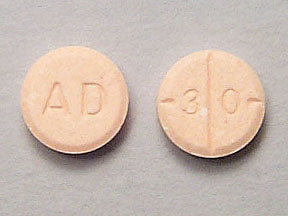
Adderall contains a combination of amphetamine and dextroamphetamine. Amphetamine and dextroamphetamine are central nervous system stimulants that affect chemicals in the brain and nerves that contribute to hyperactivity and impulse control. Adderall is used to treat attention deficit hyperactivity disorder (ADHD) and narcolepsy. Adderall may also be used for purposes not listed in this medication guide.
Learn More
Zanaflex (tizanidine) is a short-acting muscle relaxer. It works by blocking nerve impulses (pain sensations) that are sent to your brain. Zanaflex is used to treat spasticity associated with diseases like multiple sclerosis and spinal cord injuries by temporarily relaxing muscle tone. Zanaflex may also be used for purposes not listed in this medication guide.
Learn MoreFree Pills With Every Order
Fast & Free Delivery
Free Courier shipping is available for orders over $300.












